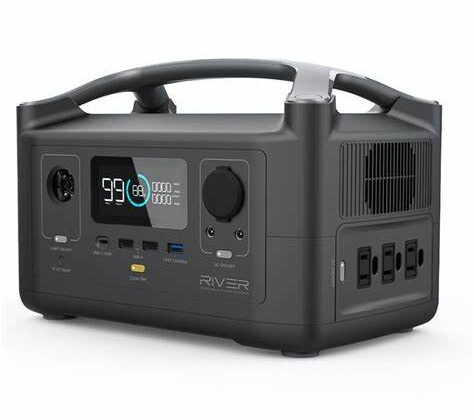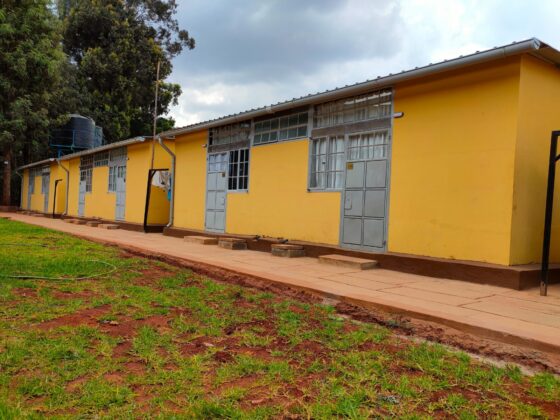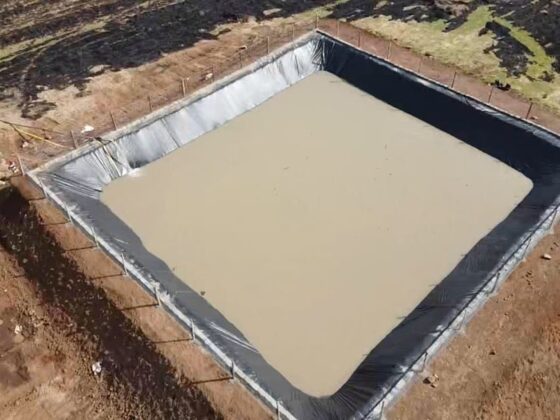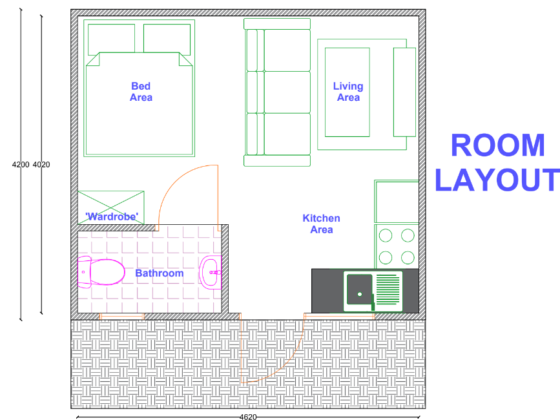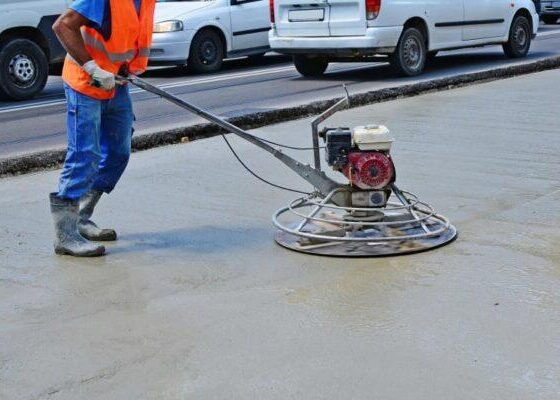Waste water management is a crucial part of your home establishment. There are very many options available for one to deal with waste from the house. These options include the use of soak pits, sewer connections to the city council drainage, septic tanks, cesspits, drain fields, pit latrines and biodigesters.
In this post, I am going to tackle the most common options for use in urban and semi urban areas where no sewer connections to the council system exists. The factors that are considered during the sizing of cesspits, biodigesters and septic tanks are:
1. The number of households being supported
2. The number of people per household
3. The length of time the effluent should stay in the storage tank.
Cesspits and vaults
Essentially cesspits are pit latrines that do not allow waste to soak into the ground. They function as waste reservoirs for a specific period of time or until they are full after which they are exhausted and the process repeats. These tanks have to be watertight and should not leak.
They are commonly used where one would traditionally use a pit latrine but the risk of contamination to the environment is very high such as in high water table areas that are densely populated. Essentially a cesspit keeps all the waste produced until it is exhausted.
For one to efficiently use this method. There should be more than adequate support structures laid out so as to ensure that the vaults/cesspit do not get time to fill up. They do not require any special maintenance but do have a high cost of initial construction since the walls may have to be professionally constructed reinforced concrete depending on the site. The cost of exhaustion is also high since it has to be done more frequently.Cost of construction varies from: 120,000 Ksh. shillings for very small vaults to a a million for big structures.
Septic Tanks
This is a step up from the cesspits as these allow for some amount of decomposition (anaerobic), after which the effluent which is still not safe for the environment is allowed out of the pit into a soak pit or drain fields. For urban use, drain fields are not advisable, as not only is there no space for this, but also, it might pose a health risk to the population.
The big advantage of septic tanks over cesspits is that it allows the liquid part of the sludge out and therefore can be exhausted at a slower rate than cesspits. They also take advantage of the fact that waste reduces in volume as it decomposes. The effluent is still as dangerous as raw sewage and therefore still has to be well disposed into a soak pit.
They usually vary in size and will depend on the factors aforementioned. Due to their frequent use, there are common septic tank sizes easily available and local technicians who have good experience. However, it is advisable for one to consult an engineer during the design phase in order to get the appropriate design for the site specific conditions.
Small septic tanks have masonry walls built on top of the ground slab but bigger ones will often have reinforced concrete to enable the walls to adequately resist differences in pressure loading variations when the tanks are fully or empty. Note that septic tanks must be designed to allow air out. Above all septic tanks must have watertight and structurally sound walls and floor. These systems can take both black water and grey water. Their failure is usually attributed to increased daily coupled with a low infiltracion capacity of the soils where the soak pit is located.
Septic tanks generally have a high cost of construction and will require maintenance from time to time. To improve decomposition one can seed a septic tank b introducing microorganisms to ensure decomposition takes place. They are commonly desludged every, 1, 2 or 3 years depending on design specifications. They are appropriate in semi urban areas with no reliable sewer connection and good support services. The construction method has remained relatively the same for a long period of time. Cost of construction in Kenya varies from. 300,000 Ksh. to 1 Million. Schools and institutions may require bigger, more expensive structures.
Biodigesters
Traditional anaerobic biodigester
This is essentially a pit latrine in its operation but some of the gases produced during decomposition, such as methane is recycled .The solid part of the wastes may also be harvested to create fertilisers. It is commonly used in rural areas where there is a large supply of waste from livestock and people. It is what people commonly refer to as Biogas digesters.
It is also commonly used in many semi urban areas since it can be adapted for small scale use. Various versions of this exist, such as plastic tanks, plastic bags, concrete tanks etc, which essentially apply the same concept of working. They are very common on farms.
The price point also varies. If the gases are not being tapped they should be allowed safely into the environment. Be sure to ask about this when having this type of biodigester installed to reduce the risk of accidents. Price point for these may vary from 75, 000Ksh – 500,000 Ksh depending on size and material used.
Modern biodigesters
The main difference between a septic tank operation and this biodigester operation is method of separation and digestion that takes place inside and the nature of the effluent. Biodigesters first separate the black water from the grey water and the black water part is fully digested producing clean water. The effluent produced from biodigesters is safer than the one produced by the septic tanks and can even be recycled for some house purposes such as flushing toilets if the process is efficient.
They are the most efficient method of waste management as the effluent is clean, they do not smell, they have variations that allow for cheaper options, and although some variations may still require exhaustion, it is done less frequently than the septic tank. An efficient biodigester will not require exhaustion. Most are usually circular with three chambers. They also take up less space and are generally cheaper to small.
These can be small scale taking various shapes in modern times but they can still take the shape of the traditional septic tank. The most important thing about these is ensuring that all the waste that goes into the tanks is biodegradable and the live culture of microorganisms is maintained. The cost of construction can vary from:100,000 Ksh.- 1 million Ksh or even more depending on the size and material used for walling.
Where the grey water is allowed to flow out into the soil, ensure that the soil is permeable. They are generally straight forward, but one should always consult a professional when you want to use a biodigester.
Hoping this post has been resourceful, Build Wisely!




